When it comes to Madeira, there are many very fine producers to choose from. Chances are high you will come away smiling after trying a bottle of any of the better known Madeira firms: and such is the case if and when you have any bottle carrying a family name of Henriques. In this light, the Madeira wines from the houses of Henriques & Henriques and those from Justino Henriques are usually wine stars that never disappoint; and though you clearly get what you pay for, the fact is that even entry-level bottlings are more than satisfactory.
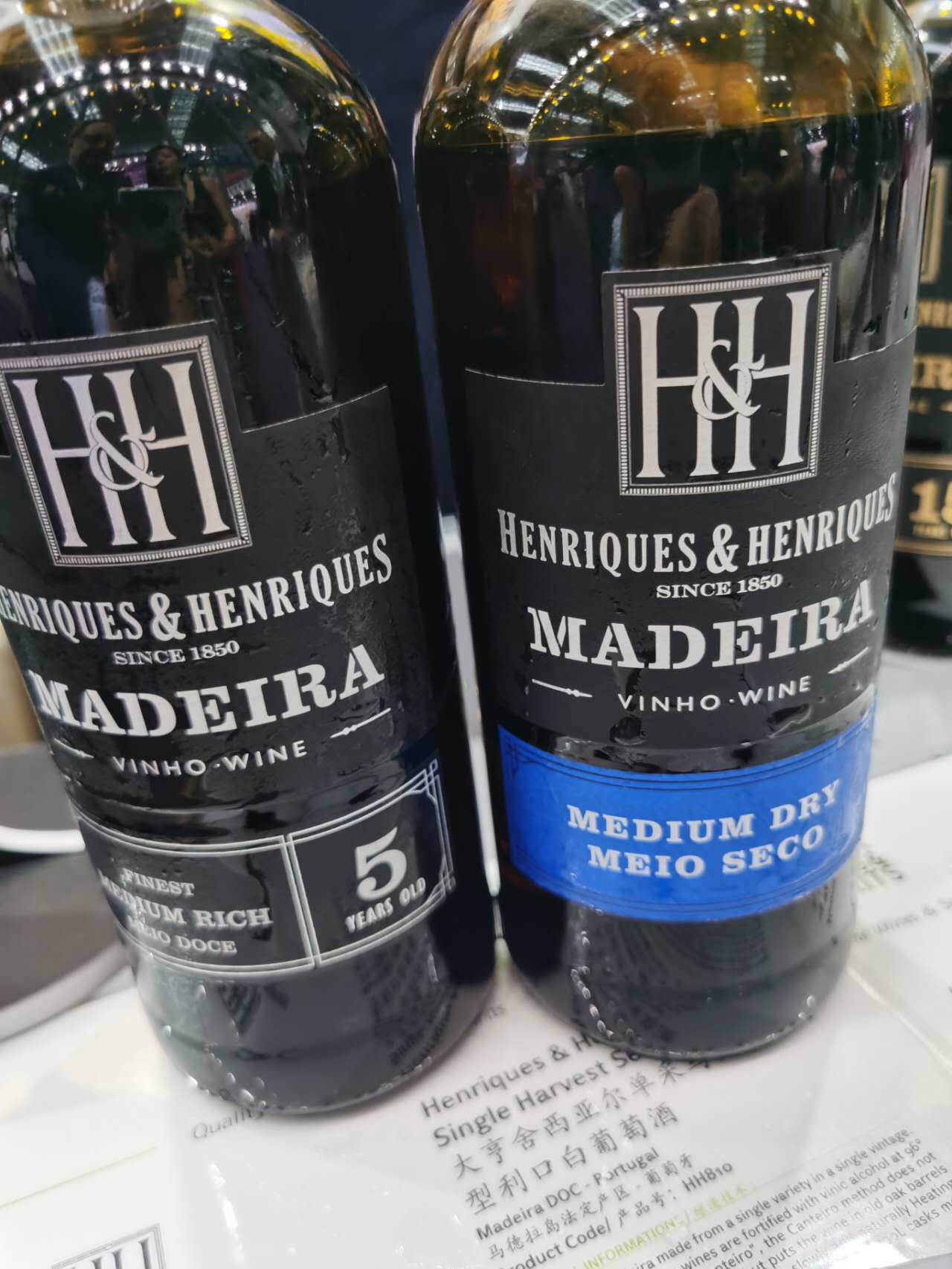
Relative to the Henriques &Henriques company, winemaking dates back to the fifteenth century at least, but it was only in 1850 that João Gonçalves Henriques established the firm. It took the name of Henriques & Henriques after his death in 1912, when his two sons João Joaquim and Francisco Eduardo Henriques formed a partnership with the double Henriques name (the last of the Henriques descendants passed away in 1968 and the firm was passed on to close collaborators). By 1925, the firm concentrated on bottling and shipping its own wines rather than supplying other shippers as was customary for the times. Today, it is the largest and one of the most respected and best-known of all Madeira houses, a rare one in that it makes its wines largely from estate-owned grapes. It further helps the quality of Henriques & Henriques wines that, unlike other Madeira houses, it owns vineyards; even better, that their vineyards are mostly located in what is generally considered to be one of the grand crus, if not the grand cru on the island, called Câmara de Lobos. In 1992, the company built a new vinification center at Quinta Grande and expanded their existing facilities at Câmara de Lobos (now housing laboratory, tasting room, offices, shop, underground storage tanks). And to further drive home the message that this estate is all about quality, in 1995 the family planted ten more hectares in the area on very steep hard to work, economically-challenging slopes that will give more outstanding grapes with which to make their wines.
As the title says, this is a tale of two Henriques. The similarly named Justino Henriques Madeira company, or to be more precise, Vinhos Justino Henriques, was founded in 1870 by Justino Henriques Freitas. In 1953 it was founded in its present form, as Justino’s Madeira wines. It was in 1993 that it entered a cooperation with La Martinquaise (also known as C.O.F.E.E.P.), one of the larger French groups of wine and spirits distribution that helped open international export markets for these wines under the name of Vinhos Justino Henriques. In fact, you can recognize older bottles easily from the three letters “V.J.H.” stencil printed on the glass bottles (see photos), though there is more information available on the back label (though not much more). For a long time, Justino Henriques was one of Madeira’s most successful wine companies, with an especially strong presence in the US market. Today it produces a large percentage of the Madeira’s wines by sourcing fruit from something like 800 different growers that own vines mostly in the territories of Camara de Lobos and Sao Vicente. Its main facility is located in Cancela, having moved in 1995 from its original sites in Funchal (Rua do Ribeirinho and Rua do Carmo).
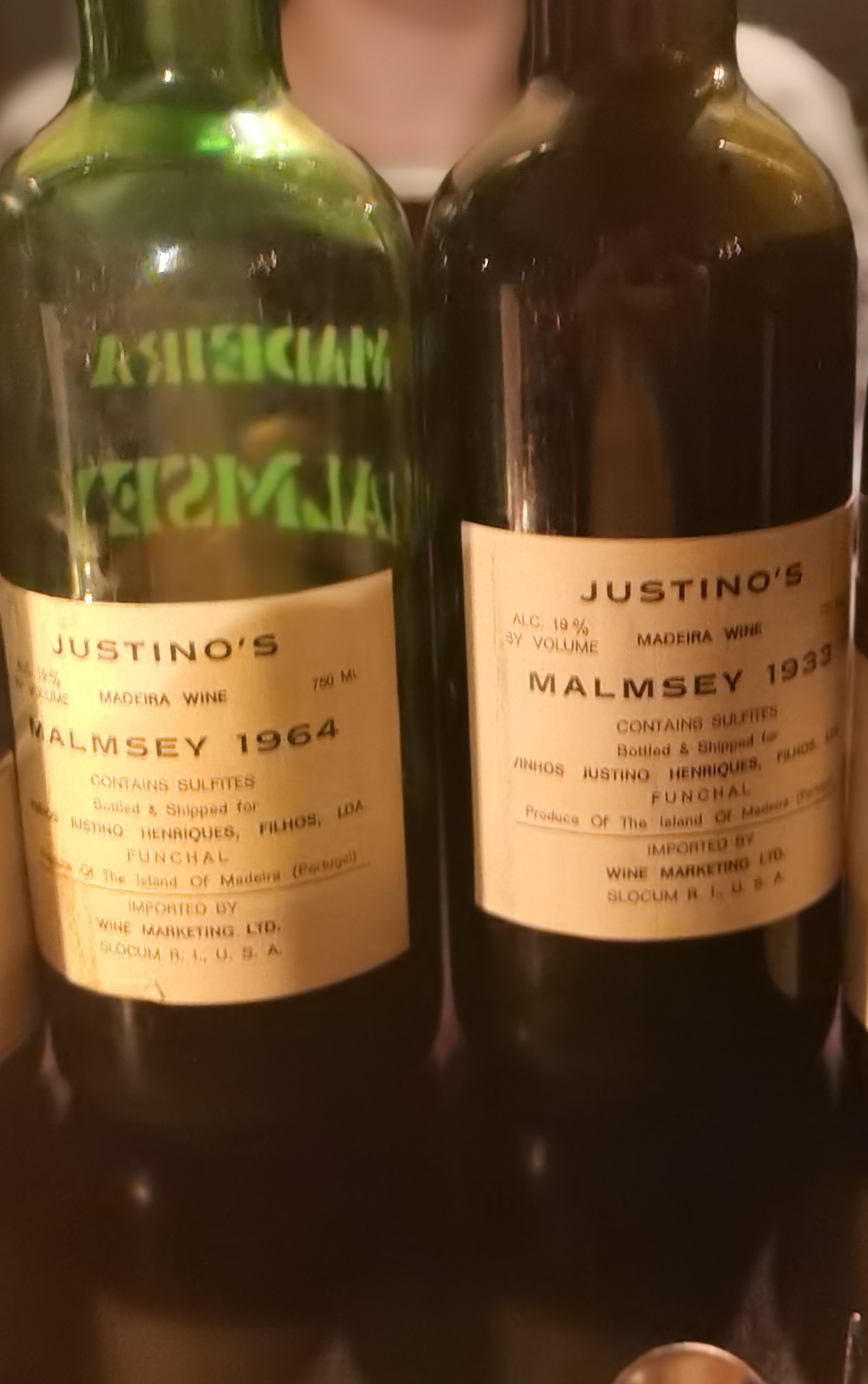
The wines in this tasting
All the wines in this tasting were sourced and paid for by me in China and the United Kingdom in 2023 and January 2024. Given that Madeira wine are virtually ageless, please note that all the drinking windows in this piece are only indicative.
Henriques & Henriques Madeira Medium Dry 87
Pale amber-gold. Nuances of apricots and hazelnuts dominate the nose and the palate but are not especially intense. Finishes medium-long and a tad hot, with repeating nuttiness. I’m a big fan of Madeira, but this one is a little too shrill in its acid bite and the alcohol-derived heat is also a little much for me. Though it will make a good aperitif, especially if slightly chilled, I really wish it has better balance. Made mostly with the Tinta Negra grape variety, grown off volcanic rock soils, this was aged for three years. Drinking window: 2024-2028.
Henriques & Henriques Madeira Medium Sweet 5 Years Old 89
Bright burnished gold colour. Aromas and flavours of dried apricot, caramel and vanilla vie for attention. Richer and rounder than the Medium Dry 3 Years old Madeira from the same firm, this is at once mellow and fairly sweet for a “medium-sweet wine”, but boasts impeccable balance so as to seem less sweet than it really is. About the only drawback is that it closes somewhat short, but this will very fairly-priced Madeira will have a lot of fans, as it will make both an excellent aperitif and an after-dinner drink too. Mostly a blend of Tinta Negra Mole, Donzelinho Branco (also known as Terrantez), Boal and Verdelho aged in both stainless steel tanks and oak barrels. Drinking window: 2024-2030.
Henriques & Henriques Madeira Verdelho 15 Years Old 91
Vivid medium-pale amber. Hazelnuts, orange scones and herbs on the expressive nose. Both lemony and peppery on entry, then somewhat richer and sweeter with hints of ripe figs and caramelized walnuts plus a hint of orange peel. The aftertaste is long and suave. This 100% Verdelho aged with the traditional canteiro system is superbly balanced and concentrated. Drinking window: 2024-2040.
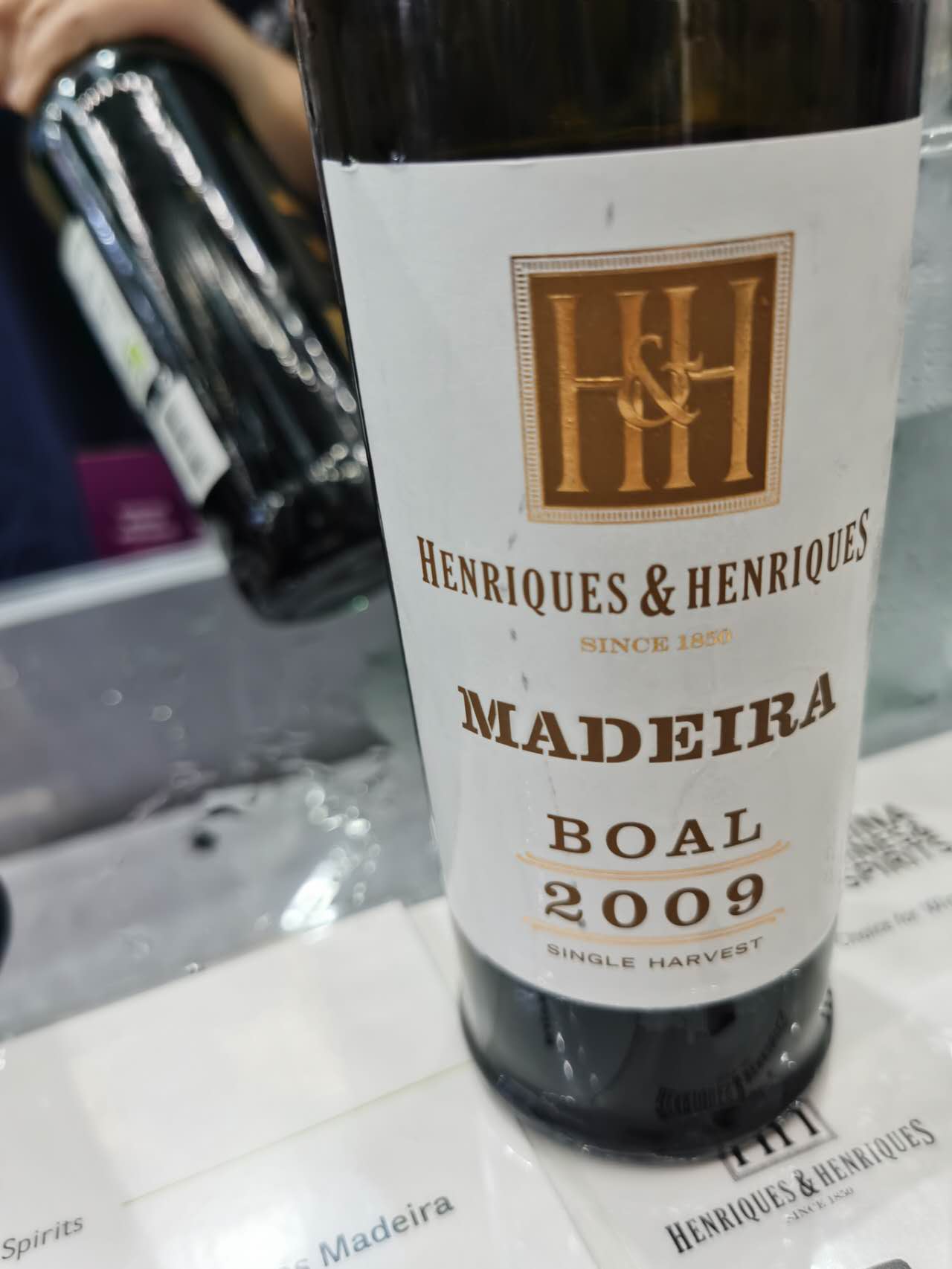
Henriques & Henriques 2009 Madeira Boal Single Harvest 94
Deep mahogany gold colour. Figs, caramel, almonds and hazelnuts dominate the aroma and flavour spectrum, then hints of orange marmalade and coffee emerge with aeration. This medium-bodied beauty is slightly off-dry bordering on the sweet, but the balance provided by the 7.29 g/L total acidity and 98 g/L residual sugar is noteworthy; and so, while this is certainly not a classically dry wine, it doesn’t see as sweet as its almost 100 g/L of sugar would normally imply. Closes very long, focused and clean, with rising notes of coffee clean. This is just great. Aged in American oak casks. Drinking window: 2024-2045.
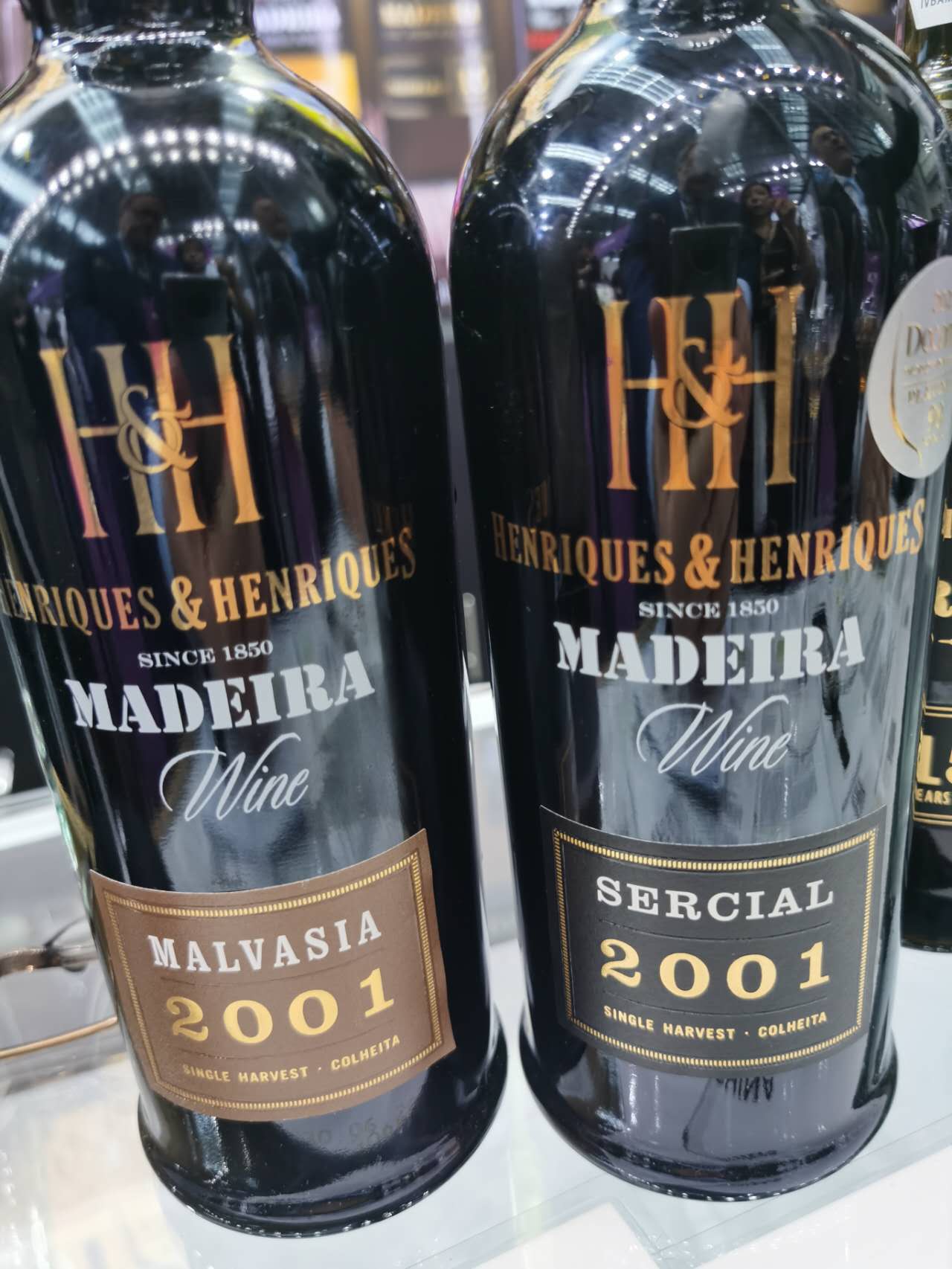
Henriques & Henriques 2001 Madeira Sercial Single Harvest Colheita 93
Bright amber-gold. Coffee and hazelnuts are complemented by lime peel and lemon curd, plus hints of chlorophyll and dry spices in the background. The aftertaste is long and brightly acid, leaving a fresh mouthfeel on the building finale. The Sercial is always the driest of the Madeira bottlings so those who like classically dry wines will find this to their liking. Note that the colheita or single harvest style of Madeira is the early-bottled vintage style of wine. Drinking window: 2024-2045.
Henriques & Henriques 2001 Madeira Malvasia Single Harvest Colheita 94
Luminous dark mahogany gold colour. Intense aromas and flvours of maple syrup, cane sugar, figs macerated in alcohol, and caramel-milk chocolate tartlets. Juicy, mellow and suvae, this finishes very long and smooth with hints of balsamic vinegar. Note that the colheita or single harvest style of Madeira is the early-bottled vintage style of this wine, this drop-dead gorgeous beauty was aged for more than twenty years in old 700 liters casks. At 7.47 g/L total acidity and 110 g/L residual sugar, ity boasts uncanny balance and makes for a wine that you’ll find yourself sipping on non-stop. Drinking window: 2024-2050.
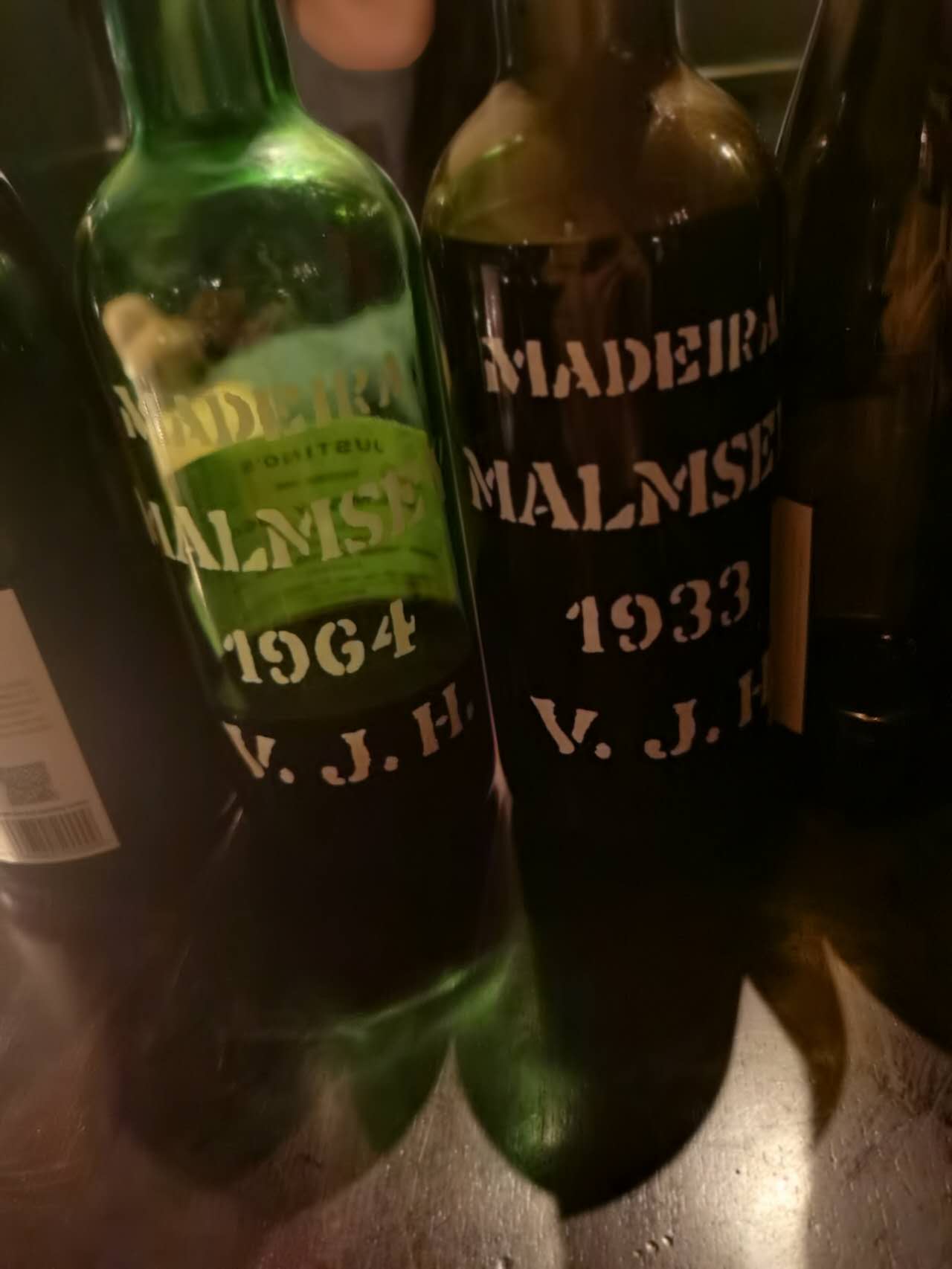
Vinhos Justino Henriques 1964 Madeira Malmsey 91
Vivid golden tinged medium-dark amber colour. Almonds, caramel, milk chocolate and figs on the nose and in the mouth. Enters clean and fresh with good sweetness, then a little dilute in the middle, and closes long and fresh with a smooth texture. Lovely Madeira that is aging effortlessly but is nit as concentrated as I might have liked. Mostly made with Tinta Negra Mole. Drinking window: 2024-2055.
Vinhos Justino Henriques 1933 Madeira Malmsey 96
Deep amber colour. Knockout nose offers balsamic vinegar, raisings, caramel, milk chocolate, ornage peel, marzipan and tea leaves. Then similar flavours on the palate, with a very rich, tactile and suave mouthfeel that lingers for what seems days. Sweet but also impeccably balanced, this is a real winemaking tour de force. Splendid stuff. Drinking window: 2024-2060.

 中文
中文



